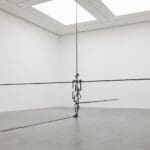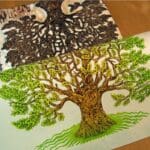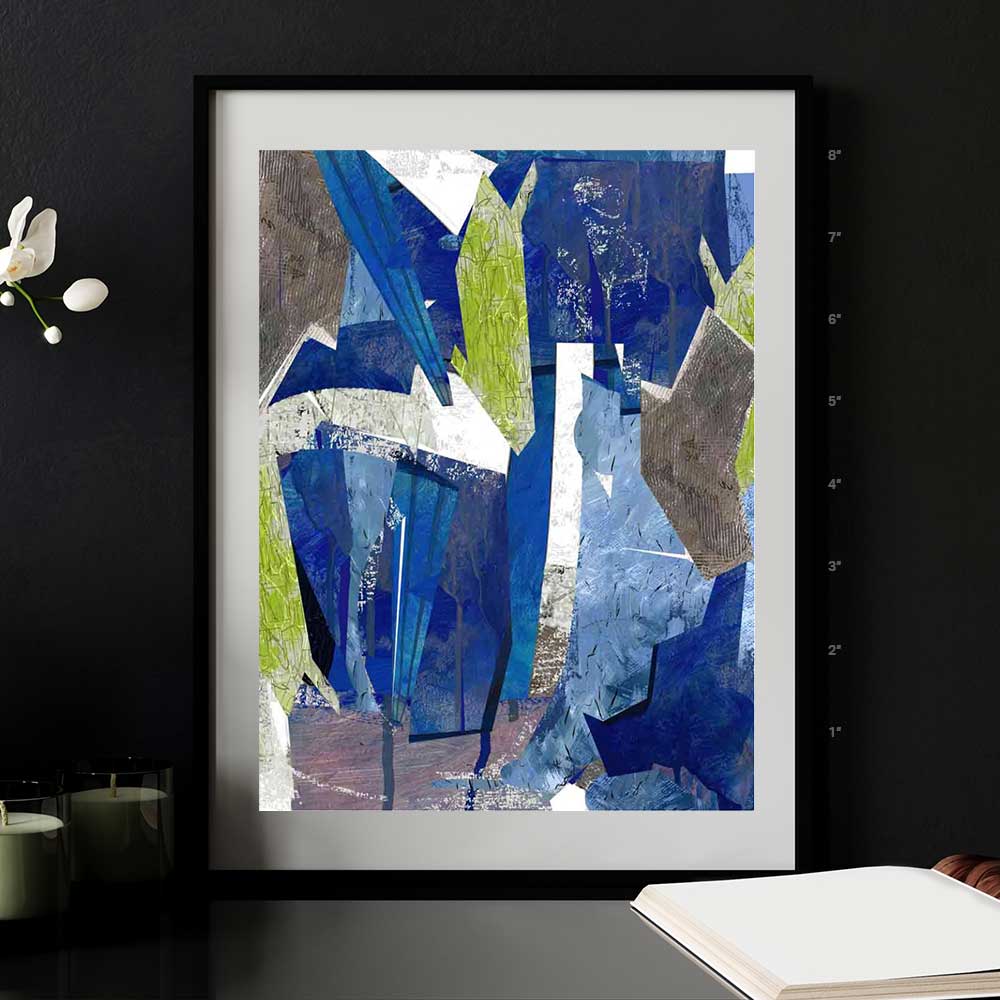History of Creating Art On Paper
Creating art on paper has become familiar and is often taken for granted in today’s modern world. Historically, creating art on paper can be traced back to ancient civilizations like Egypt and China, where artisans used papyrus and silk as surfaces for drawing and painting. However, it wasn’t until the invention of paper in China during the Han dynasty (206 BCE – 220 CE) that the practice became widespread.
Paper-making technology quickly spread to the Middle East and eventually Europe, where civilizations began using paper for practical and artistic purposes. In the medieval era, scribes created illuminated manuscripts using ink and pigments to decorate pages of parchment and paper. These ancient manuscripts were valued for their beauty and intricacy; many still exist in museums and libraries.
During the Renaissance, paper became more widely available, and artists began to use it for drawing and sketching. The Italian artist Leonardo da Vinci was one of the first to embrace paper as a medium for his art. Additionally, he used paper to create detailed anatomical drawings, mechanical schematics, and studies of plants and animals.
In the following centuries, paper became increasingly popular among artists. One notable development was using watercolor paint on paper, allowing artists to create vibrant, luminous works well-suited to landscapes and other outdoor scenes.
In the 19th century, paper became even more accessible. Printmaking, which involves creating images on a plate or block and transferring them onto paper, became more widespread during this time. Artists were known to create multiple copies of their work, making it more accessible to a broader audience.
One of the most famous examples of printmaking on paper is the woodblock prints of the Japanese artist Hokusai. His series of prints known as Thirty-six Views of Mount Fuji, which he created in the early 19th century, are now considered iconic examples of Japanese art.
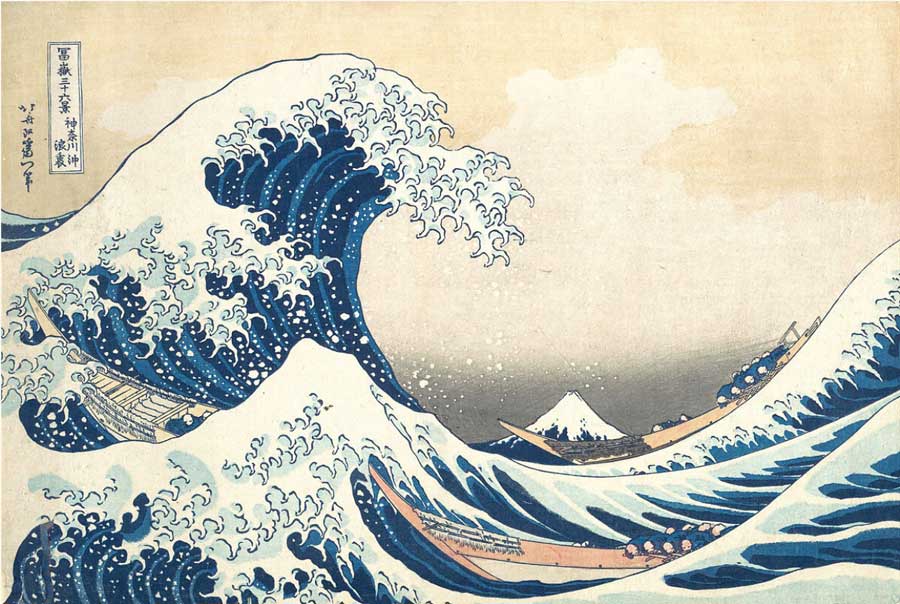
Under the Wave off Kanagawa (Kanagawa oki nami ura), also known as The Great Wave, from the series Thirty-six Views of Mount Fuji (Fugaku sanjūrokkei)
In the 20th century, paper played an essential role in art. The invention of collage, which combines pieces of paper or other materials to create a new image, opened up new possibilities for artists. Artists like Pablo Picasso and Georges Braque were among the pioneers of this technique, which would go on to influence countless others.
Another significant development in the 20th century was the rise of abstract art, which often featured bold, graphic shapes and colors. Many artists in this style, such as Wassily Kandinsky and Kazimir Malevich, used paper as a medium.
Abstract artist Jay Zerbe, whose art style may be similar to Wassily Kandinsky, Willem de Kooning, and George Braque, began creating small 12 x 12″ paintings on cardboard in series in 2011 at the suggestion of gallery representation.
Inspired by other artists, including Paul Klee, Romare Bearden, Helen Frankenthaller, Joan Mitchell, Terry Winters, and quite a few more – when asked how he feels about working on paper, Zerbe responded: “What I like about working on paper is that I only work on them for a short time.” “I usually finish the painting within 3 hours. It is a different experience than how much time I spend on my work on canvas.”
Acrylic on Paper art has become essential to Jay Zerbe’s art practice.
The artist’s selection of Acrylic on Paperwork is currently available for 50% off their original gallery list price, which ends Sunday, December 31st at midnight. View available work by jay zerbe on his portfolio website (here).
As technology advanced, new techniques for creating art on paper emerged. Screenprinting, which involves using a stencil to apply ink onto paper or other surfaces, became popular in the mid-20th century.
Today, paper remains an important medium for artists in various styles and techniques. From the abstract work of Jay Zerbe, Wassily Kandinsky, Willem de Kooning, and George Braque, the detailed pencil drawings of hyperrealist artists to the bold, colorful prints of pop artists, paper remains a versatile and accessible surface for creating art.



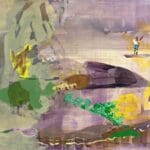
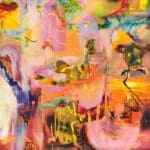



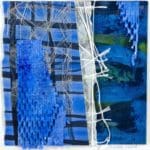














![Artist Shares Secrets of How To Draw Incredibly Realistic Portraits [Interview]](https://artistvenu.studio/wp-content/uploads/2023/12/Screenshot_242-150x150.jpg)



